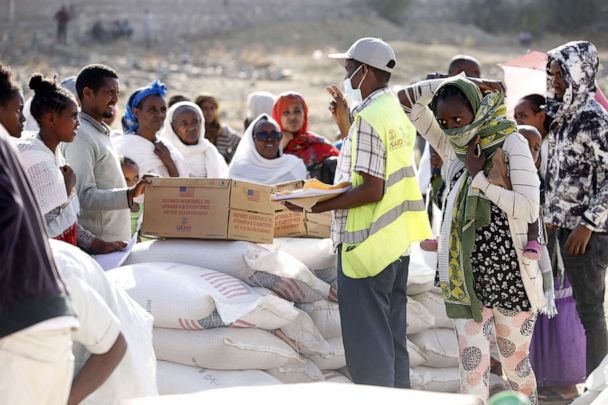 Video
Video
 Video
Video
Ethiopia is Africa's oldest independent country and its second-most populous. The country made important development gains in last decade in education, health, food security and economic growth.
The 2024 Ethiopia Humanitarian Response Plan (HRP) seeks $3.23 billion from donors to reach over 15 million people. The HRP says, Ethiopia continues “to face a major humanitarian crisis caused by climate shocks, disease outbreaks, conflict and insecurity, aggravated by economic and financial challenges.”
Ethiopia remains among the countries of highest concern for the Famine Early Warning Systems Network (FEWS NET). Levels of acute food insecurity are most severe in the northern and southern regions. Fear of famine in Tigray is growing where the war left the region in extreme poverty. Ethiopia’s ombudsman office said in January 2024 that hundreds had died due to starvation in Tigray and Amhara in the past six months.
Famine is a highly technical classification that meets specific criteria. It is a complex problem, but much can be done before hunger becomes a catastrophic crisis, including early action to prevent food insecurity and famine. While short-term relief is needed to save lives, protecting people’s livelihoods and restoring their dignity are also required to help avoid future famines.
(Photo: USAID is responding to growing humanitarian needs in Ethiopia’s Tigray region. Source: USAID via @USAIDSavesLives)
A peace deal signed by the Ethiopian government and the Tigray People’s Liberation Front in November 2022 ended a two-year war that displaced millions and created dire humanitarian conditions in the Tigray region. Since July 2023, the Ethiopian military and militias have clashed in towns throughout the Amhara region.
Since November 2020, forces under Prime Minister Abiy Ahmed Ali had been fighting to oust the Tigray People’s Liberation Front (TPLF) from its stronghold in the northern region of Tigray. Tensions had been growing since Abiy took power in 2018, and the feud reached a boiling point in September 2020 “when the Tigrayans held regional parliamentary elections in defiance of Abiy, who had postponed the vote across Ethiopia.”
While acknowledging the visible progress since the November 2022 peace deal, the UN High Commissioner for Refugees, Filippo Grandi, said in February 2023, “much more needs to be done to support the reconstruction and recovery efforts in the Afar, Amhara and Tigray regions.”
Key facts
- Following five consecutive poor rainy seasons, Ethiopia endured its most severe and protracted drought in recent history from 2021-2023. Millions of people and livestock have been affected by the drought, with reports of alarming food insecurity and rising malnutrition.
- As of April 2023, more than 6.8 million livestock had died as a result of the drought since late 2021 with livelihoods severely impacted.
- In January 2024, the head of the Ethiopian Institution of the Ombudsman, which receives complaints from the public against government departments, said investigations found that 351 people had died in the Tigray region, while another 21 had died in neighboring Amhara in the last six months.
- In Amhara alone, more than 2.5 million children are estimated to be out of school because of the impact of the Northern Ethiopia conflict (2020-2022) and ongoing armed hostilities.
- Following the outbreak of armed conflict in Sudan on April 15, 2023, Ethiopia is receiving thousands of forcibly displaced people from Sudan. More than 133,000 people had fled Sudan into Ethiopia as of June 9, 2024.
- In 2023, donors provided 33.5% of $4 billion requested to fully fund Ethiopia’s Humanitarian Response Plan for that year.
Conflict and violence
In addition to climate-driven emergencies and economic conditions, conflict continues to be a primary driver of humanitarian needs, displacing thousands of people.
In Amhara, forces were allies of the government during the war between November 2020 and November 2022. However, when Prime Minister Abiy Ahmed announced his plan to disband the “special forces” clashes between Amhara forces and the government erupted. Amhara was put under a state of emergency by the government due to the deadly fighting. On Feb. 2, 2024, Ethiopia’s parliament extended by four months the state of emergency declared in August.
Conflict and violence remain persistent, which impacts humanitarian access and the safety of civilians. According to the Ethiopia Peace Observatory Weekly Update published on May 28, 2024, in the Amhara region, clashes between government forces and Fano militias intensified once again. In Tigray, several people were reportedly killed on May 21 by an unidentified armed group from the Afar region.
On Nov. 12, 2022, military leaders from the warring sides signed an accord in Nairobi, the Kenyan capital, to implement the truce signed earlier in the month. The International Committee of the Red Cross said on Nov. 15, 2022, that a convoy of trucks carrying medicine arrived in Tigray’s regional capital Mekele, the first aid delivery by the group to the region since August 2022.
Following the first in-person talks since the peace deal was signed between Ethiopian Prime Minister Abiy Ahmed and Tigrayan leaders on Feb. 3, 2023, the Ethiopian government transferred funds to Tigray’s capital as it starts to restore banking services there.
However, one year on from the signing of the truce, many people were unable to return to areas of Tigray controlled by forces allied with the federal government even though the fighting has ended. As reported by The New Humanitarian in November 2023, the peace deal remains unfinished and thousands of former fighters have not received proper support.
Human rights abuses have been documented against all parties to the conflict. On Nov. 2, 2023, Human Rights Watch said, “Fighting and serious rights abuses persist in northern Ethiopia a year after the signing of the cessation of hostilities agreement.”
A Human Rights Watch report from December 2021 said Tigrayan rebels fighting Ethiopia’s government carried out dozens of executions against civilians.
In another report released in April 2022, Amnesty International and Human Rights Watch said Amhara regional security forces in Ethiopia’s Western Tigray Zone committed widespread abuses against Tigrayans since November 2020. In June 2023, Human Rights Watch announced local authorities and Amhara forces in Western Tigray Zone continued an ethnic cleansing campaign against Tigrayans since the Nov. 2, 2022 truce agreement.
Eritrea, a heavily militarized one-party state often dubbed “the North Korea of Africa,” entered the conflict to fight against its long-time enemy, the TPLF. The November 2022 deal between the TPLF and Ethiopian government did not address the status of Eritrean troops. Days before that deal was signed, soldiers from neighboring Eritrea massacred more than 300 villagers.
Despite the peace deal in November 2022, Eritrean troops remained in some border areas as of early August 2023, and the Irob community is suffering as a result. The Irob speak their own language and mostly live in the northeastern part of Tigray. Activists say Eritrean troops continued to loot livestock and kidnap people in Irob.
Aid workers are not immune to violence. In June 2021, three Médecins Sans Frontières (MSF) staff were killed in Tigray. On April 12, 2023, Catholic Relief Services (CRS) announced that two of its staff members were killed in a CRS vehicle in the Amhara region.
The International Federation of Red Cross and Red Crescent Societies published a statement on Jan. 12, 2024, condemning the killing of an Ethiopian Red Cross staff member in Tigray. The statement reiterated that: “Healthcare workers must be respected and protected in every situation.”
The Norwegian Nobel Committee, which awarded the 2019 Nobel Peace Prize to Prime Minister Abiy after the signing of a peace deal with Eritrea that ended two decades of hostilities, issued a rare rebuke of an honoree in January 2022 saying he “has a special responsibility to end the conflict and help to create peace.”
Displacement
The primary shocks that have led to protracted displacement in Ethiopia are related to ethnic and/or territorial conflict and drought.
According UNHCR, there were 3.5 million IDPs in Ethiopia as of February 2024. Most IDPs are in Somali, Oromia and Tigray regions. IDPs, returning IDPs and returning migrants are among the priority population groups identified for humanitarian assistance by the 2024 HRP, showing the significant impact the crisis has had on displaced people.
Ethiopia is also one of the largest refugee-hosting countries in Africa, with more than 1,051,00 refugees and asylum seekers in the country as of April 2024. The refugees are mainly from South Sudan, Sudan, Eritrea and Somalia.
Since the outbreak of fighting in Sudan on April 15, 2023, more than 133,000 people had fled Sudan into Ethiopia as of June 9, 2024.
Disasters also cause displacement. According to the International Organization for Migration, while the majority of people internally displaced in 2023 were a direct result of conflict, drought and other climate induced events (like floods, landslides and fires) contributed to 17% and 9% respectively.
Drought
Ethiopia is grappling with its worst drought since 1981. The March to May 2022 rainy season in the Horn of Africa was likely the driest on record.
In a drought flash update published on Dec. 22, 2023, UNOCHA said, “The drought situation is worsening in some parts of northern, southern, and southeastern Ethiopia and is expected to deteriorate further unless aid is urgently scaled up.”
By April 2024, drought conditions continued to impact communities, particularly regarding the availability of pasture and water according to FEWS NET: “Areas impacted by drought along the Tekeze River basin in northeastern Amhara, as well as much of east Tigray, continue to experience dry conditions with minimal pasture available for livestock.”
Communities’ ability to cope with the effects of the drought is hampered by the lingering effects of the devastating northern conflict and other hostilities. FEWS NET’s projected outlook through September 2024 identified extreme livelihood coping strategies “such as begging, selling their last livestock (including donkeys), and migrating to towns within and outside of Ethiopia.”
More than 6.8 million livestock have died as a result of the drought since late 2021, with livelihoods severely impacted. The drought has had severe consequences for women and children. Sexual violence, sexual exploitation, intimate partner violence, early marriage and female genital mutilation have increased during the drought crisis, while services remain limited.
Food insecurity
The WFP estimates 20.1 million people need food support. Millions of people and livestock are affected by the drought, with reports of alarming food insecurity and rising malnutrition. Ethiopia’s population faces multiple forms of malnutrition, including acute malnutrition and chronic malnutrition.
According to the Ethiopian Emergency Nutrition Coordination Unit and Nutrition Cluster, surveys reveal high prevalence of Severe Acute Malnutrition (SAM), especially in drought-affected regions such as Afar, Amhara, Oromia, and Tigray. The situation has deteriorated since 2023, with an increase in SAM cases and medical complications.
The Integrated Food Security Phase Classification (IPC) is a common scale for classifying the severity and magnitude of food insecurity and acute malnutrition. The scale includes five phases, with Phase 1 meaning there is no or minimal acute food insecurity and Phase 5 meaning famine has been reached.
According to FEWS NET in their April 2024 food security outlook update, “In Tigray, Emergency (IPC Phase 4) and Crisis! (IPC Phase 3!) outcomes are ongoing and expected to persist through at least the next harvest expected in September.” Additionally, the update from FEWS NET stated, “During the June to September period, food assistance needs are expected to peak seasonally for a third consecutive and record-breaking year, driven by drought, conflict, and poor macroeconomic conditions.”
Complicating the ability of some humanitarian organizations to provide food assistance is the theft of food. Following an internal investigation that revealed food theft meant for hungry people in Tigray, WFP announced in April 2023 it was suspending aid deliveries to the northern region. The U.S. Agency for International Development’s (USAID) Administrator Samantha Power said USAID-funded food assistance to the Tigray region is on pause until further notice.
The suspension of food aid by the UN and the U.S. affected 20 million people. Since food aid was first suspended in Tigray in March 2023, local officials and researchers say hunger killed at least 700 people in Ethiopia’s northern Tigray region as of early August.
In October 2023, WFP announced it had resumed distribution of food to roughly 900,000 refugees across Ethiopia after revamping safeguards and controls. In November 2023, USAID announced plans to restart food aid deliveries across Ethiopia and described wide-ranging new reforms in handling of food aid. USAID said it reintroduced reforms to improve the registration of beneficiaries and the tracking of donated grain.
Despite the UN and U.S. pauses being lifted, Tigray authorities say food is not reaching those who need it. One aid worker told the AP the food aid pause and the slow resumption meant some people in Tigray had not received food aid for over a year.
During a complex humanitarian emergency (CHE), critical needs include shelter; food; water, sanitation and hygiene (WASH); health care; education and protection of at-risk populations. These needs will continue through the course of the CHE.
Food assistance and livelihood support
During the 2016-2017 drought in the Horn of Africa, catastrophe was avoided through early action. Scaling up assistance before widespread hunger arrived saved lives.
Sustained food assistance is needed in mid-2024. According to FEWS NET in their April 2024 food security outlook update, distributions of food aid in the south and southeast have helped with consumption deficits in some areas. However, with little demand for livestock and coping strategies observed in Tigray, a decline in food assistance and social support there could result in even worse outcomes.
While immediate food assistance is needed to ensure that hungry people do not enter more serious and life-threatening stages of acute food insecurity, investments in livelihoods and resilience are also needed.
According to the 2024 HRP, “The recovery from the last drought is expected to take multiple years, and in absence of strong recovery interventions in drought affected areas, these will be more vulnerable to shocks with large numbers of people remaining in protracted need of humanitarian assistance.”
Replacing livestock lost during the drought, supplying agricultural inputs for off-season crops, providing cash assistance to the most vulnerable households, improving access to clean water and investing in small enterprises are examples of actions that can support livelihoods and strengthen resilience.
Health
Ethiopia has been repeatedly affected by conflict, flooding, drought and disease outbreaks in the past years, which creates the conditions for worsening health indicators and rising malnutrition rates.
Against this backdrop, the Ethiopia Health Cluster Strategy 2024-2025 will strengthen advocacy for longer-term, development funding to address root causes of recurrent disease outbreaks, and advocate for increased access to quality health services.
On Sept. 16, 2022, the Ethiopia Ministry of Health declared a cholera outbreak in the Harana Buluk and Berbere woredas of Bale Zone, Oromia Region. The first case was reported on Aug. 27, 2022, in Harana Buluk woreda of Bale zone in Southern Oromia region. A woreda is the third level of administrative division in Ethiopia.
In their May 11, 2023, Ethiopia Cholera Outbreak Flash Update, UNOCHA reported that the cholera outbreak had spread to SNNP and Sidama Regions. As of January 2024, 11 woredas were reporting active cholera cases. As of May 21, 2024, the cholera outbreak continued to spread in 78 districts across eight regions of Ethiopia, with more than 46,800 cases reported.
The use of unsafe water from contaminated water points is the most likely cause of the outbreak. Outbreak mitigation and response are ongoing, but the response needs to be scaled up. Ethiopia prepared its National Cholera Elimination Plan which aims to achieve interruption of cholera cases (zero cases) in cholera hotspot areas by 2028. As of January 2024, the Ethiopian Public Health Institute, with support from UN agencies, was conducting a measles outbreak response vaccination campaign in 58 outbreaks affected woredas.
Rehabilitating and restocking health facilities destroyed by conflict and disasters is also needed. Communicable disease outbreaks, poor and congested living conditions, poor water, sanitation and hygiene facilities and practices, and low vaccination coverage remain public health concerns.
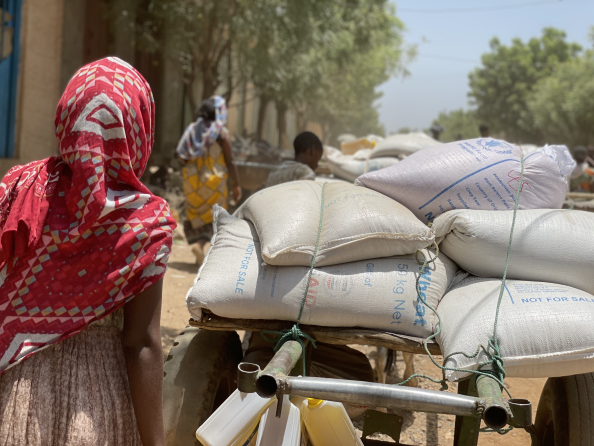
The Center for Disaster Philanthropy has a Global Recovery Fund that provides donors an efficient, flexible solution to support recovery efforts for people affected by sudden and slow-onset disasters or protracted humanitarian emergencies worldwide.
Contact CDP
Philanthropic contributions
If you have questions about donating to the CDP Global Recovery Fund, need help with your disaster-giving strategy or want to share how you’re responding to this disaster, please contact development.
(Photo: WFP food distribution in Tigray region. Credit: WFP)
Recovery updates
If you are a responding NGO, please send updates on how you are working on recovery from this disaster to Tanya Gulliver-Garcia. We welcome the republication of our content. Please credit the Center for Disaster Philanthropy.
Philanthropic and government support
Through its various funds, including the COVID-19 Response Fund, Global Recovery Fund and Global Hunger Crisis Fund, CDP has supported recovery efforts that aim to strengthen resilience in Ethiopia.
- In 2023, CDP awarded $250,000 to Citizen to Citizen (C2C) Development Organization to scale up the implementation of providing microgrants to community-identified project ideas in IPC Phase 4 food insecure areas in Ethiopia’s south that were on the brink of famine. C2C is a leading advocate for localization and its staff are trained in the survivor and community-led response (SCLR)
- In 2022, CDP awarded $500,000 to International Rescue Committee to build community and local institutions’ resilience against recurring disasters and food insecurity in Ethiopia’s SNNP region by improving the capacities of drought and conflict-affected smallholder farmer households (especially women and youth), communities and their institutions to respond to and proactively mitigate disaster risks and adapt to long-term trends of food insecurity.
Grants from the philanthropic community vary in size, focus and sector. The following are examples of the diversity of philanthropy’s response:
- The David and Lucile Packard Foundation provided $4 million to AMREF Health Africa in 2021 to increase access to and uptake of COVID-19 vaccines in four countries, including Ethiopia.
- The Coca-Cola Foundation, Inc. provided $100,000 to Ethiopian Red Cross Society in 2020 to support COVID-19 response and preparedness.
- The Abilis Foundation provided $11,254 to Ethiopian Center for Disability and Development in 2020 to provide people with cross disabilities with accessible information about COVID-19.
Funders can share grants data with Candid quickly and easily.
The 2024 Ethiopia HRP seeks $3.23 billion from donors to reach over 15 million people. In comparison, the 2023 HRP requested $3.99 billion to reach 20.1 million people. By the end of December, donors had funded 33.5% of the 2023 HRP. As of June 11, 2024, donors had funded only 13.3% of the 2024 HRP.
On March 5, 2024, the U.S. Agency for International Development announced the launch of two multi-year agriculture projects in Ethiopia valued at $86.5 million. The projects aim to increase incomes and reduce the rate of malnutrition.
In June 2024, the Government of Japan and the Japan International Cooperation Agency announced support for UNICEF to reconstruct schools in conflict-affected Tigray and Amhara regions.
In May 2024, the Honourable Ahmed Hussen, Minister of International Development for Canada announced $194 million to support education, sexual and reproductive rights, climate action and peace and security in Ethiopia and Tanzania.
In April 2023, EU foreign ministers adopted formal conclusions that laid out their future engagement with Ethiopia. Human Rights Watch acknowledged the inclusion of the importance of accountability and transitional justice for sustainable peace and reconciliation, yet said the EU’s bar for re-engagement with Ethiopia was set too low.
More ways to help As with most disasters and emergencies, cash donations are recommended by disaster experts as they allow for on-the-ground agencies to direct funds to the most significant area of need, support local economic recovery and ensure material donations do not detract from disaster recovery needs. Donors can help in the following ways:
- Provide unrestricted core funding for vetted humanitarian NGO partners that support the HRP. This is an efficient way to ensure the best use of resources in a coordinated manner. Funding the NGOs that have contributed to the HRP ensures that resources are directed to support the plan and use humanitarian partners’ best knowledge.
- Support early action to avert catastrophic outcomes, including famine. The current period of failed rains has hit a region that had barely begun to recover from the 2016-2017 drought. Early investment can help reduce the risk of larger catastrophic consequences that destroy lives and cost more to respond to.
- Prioritize investments in local organizations: Local humanitarian leaders and organizations play a vital role in providing immediate relief and setting the course for long-term equitable recovery in communities after a disaster or crisis. However, these leaders and organizations are mostly under-resourced and underfunded. Grant to locally-led entities as much as possible. When granting to trusted international partners with deep roots in targeted countries, more consideration should be given to those that empower local and national stakeholders.
- Understand that recovery is possible in protracted and complex crisis settings. Even while focusing on immediate needs, remember that there are early and long-term recovery needs, too. We know that people who have been affected by shocks in complex humanitarian contexts can recover, improve their situation and build their resilience to withstand future shocks without waiting until the crisis is over, which may take years. Recovery is possible, and funding will be needed for recovery and resilience efforts alongside humanitarian funding. Recovery will take a long time, and funding will be needed throughout.
- Recognize there are places and ways that private philanthropy can help that other donors may not. Private funders can support nimble and innovative solutions that leverage or augment the larger humanitarian system response, either filling gaps or modeling change that, once tested and proven, can be taken to scale within the broader humanitarian response structure. Philanthropy can also provide sustainable funding to national and local organizations that support operational costs.
Resources
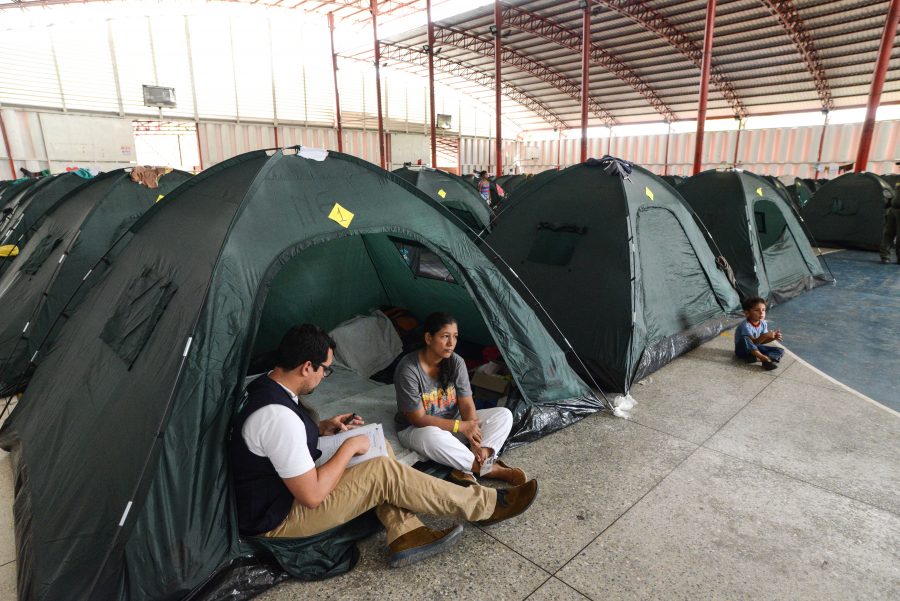
Complex Humanitarian Emergencies
CHEs involve an acute emergency layered over ongoing instability. Multiple scenarios can cause CHEs, like the civil wars in Syria and Yemen, the man-made political crisis in Venezuela, or the conflict in Ukraine.
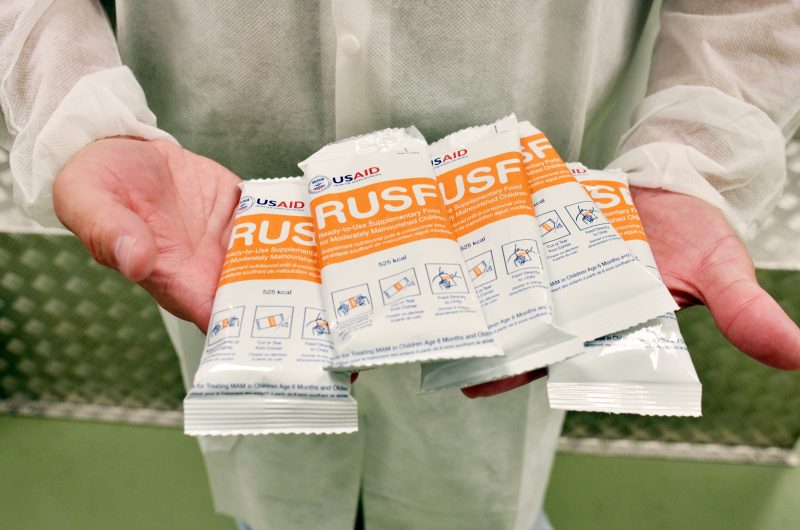
Famine
According to the United Nations’ definition, a “famine” has taken hold when: at least 20 percent of households in an area face extreme food shortages; more than two people in 10,000 are dying each day (from both lack of food and reduced immunity to disease); and more than 30 percent of the population is experiencing acute malnutrition.
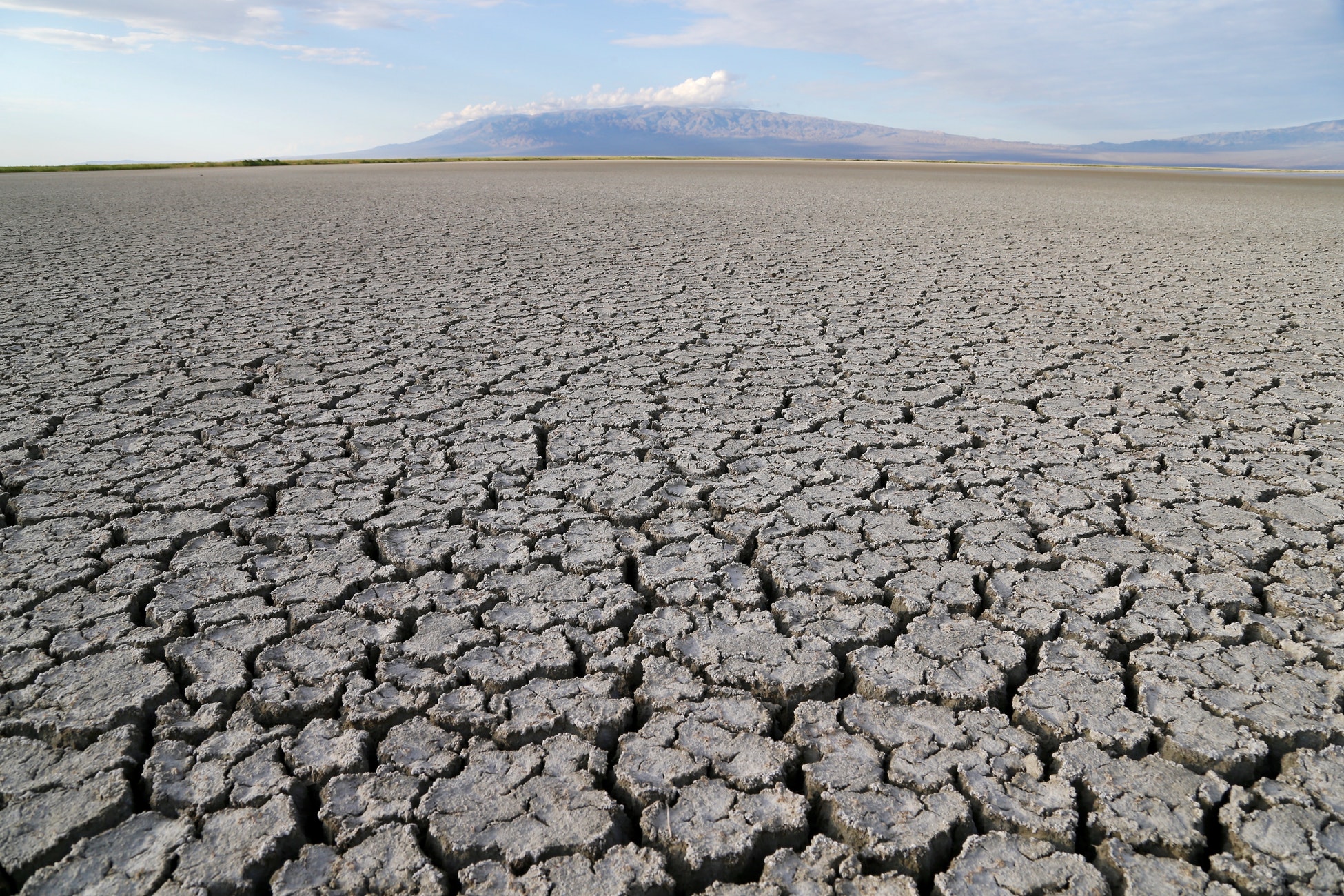
Drought
Drought is often defined as an unusual period of drier than normal weather that leads to a water shortage. Drought causes more deaths and displaces more people than any other disaster.